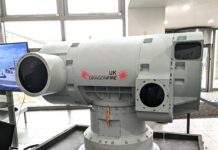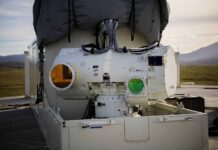From major vehicle programmes and autonomous battlefield systems, to new individual equipment and devices, British infantry are in line for some much-needed upgrades and additions to their inventories.
Procurement is a long and winding process for any arm of service and only with the dark clouds of war gathering does any sense of urgency seem to enter the picture. Even then, timeframes bandied about appear to suggest we still have all the time in the world. For the infantry regiments and battalions of the British Armed Forces, there are procurement projects and programmes approved, as well as those yet to be approved, together with systems’ field trials and evaluations underway, that will hopefully deliver critical and innovative solutions to the force before too long. Some might say ‘too little too late’, others ‘better late than never’.

Credit: UK MoD/Cpl Kane
Procurement in General
In the MoD’s 2022 Land Industrial Strategy (LIS), Jeremy Quin MP, Minister of State for Defence Procurement, has said that at a critical juncture for European security the army is undertaking its most significant modernisation in a generation, designed to enable it to operate on a continuous basis, fielding all relevant capabilities for “this era of constant competition”, one that will see it persistently engaged around the globe. The war in Ukraine is cited as underscoring the “importance of delivering this modernisation at best speed”, and that British Forces must be equipped with the technology and tools required to defend the nation’s interests against adversaries. Quin underscored the intent to deliver a core nucleus of digitised capabilities – Challenger III, Boxer, Ajax and Apache – as well as new dismounted equipment, long-range fires, air defence, drones, electronic warfare, and cyber capabilities, many of which are directly impactful to the infantry, though with Boxer as the major infantry procurement programme cited.
Having touched on the need for urgency, it’s a relief to see that the LIS is intended to help get equipment onto the frontline more quickly than has previously been managed, as well as aiming to deliver what it calls ‘game-changing’ combinations of latest tactics and technologies to the battlefield. These will incorporate opportunities offered by artificial intelligence (AI), automation and human-machine teaming, (see below field trial of autonomous system with Royal Yorkshire Regiment), as well as new technologies such as directed energy weapons, drone swarms, electric propulsion, and systemic protection systems. As many of these are dual-use technologies, the LIS encourages greater collaboration with the private sector in the pursuit of new concepts and ideas.
One of the major aims of the LIS is the modernisation and rationalisation of the army’s inventory. The UK Armed Forces’ current inventory actually comprises 35 unique land platform types, 400 variants and 26 different engine types, most of which are based on analogue technologies, closed or bespoke architectures, and have limited growth capacity, making them ‘ill-suited for the information age’. As a result, the intention is to reduce these core military platforms down to 15 platform families that are modular, connected, and adaptable, with redundant equipment sold or disposed, all by 2035. Great intentions, but once again, a timeframe that is a long way off. As we have seen since 24 February 2022, a lot can happen over the course of 12 months, let alone 12 years.
One Major Infantry Platform Procurement Programme – Boxer
Nevertheless, one of those future platforms is Boxer, an 8×8 wheeled armoured vehicle being produced by the ARTEC consortium of Rheinmetall BAE Systems Land (RBSL) and WFEL. The vehicle will equip mechanised infantry battalions as part of the army’s two armoured brigade combat teams. While the infantry’s existing Warrior Infantry Fighting Vehicles (IFVs) were due to be sustained through the Warrior Capability Sustainment Programme, that programme was cancelled in March 2021 and these IFVs are now set to be replaced by Boxer in their entirety.
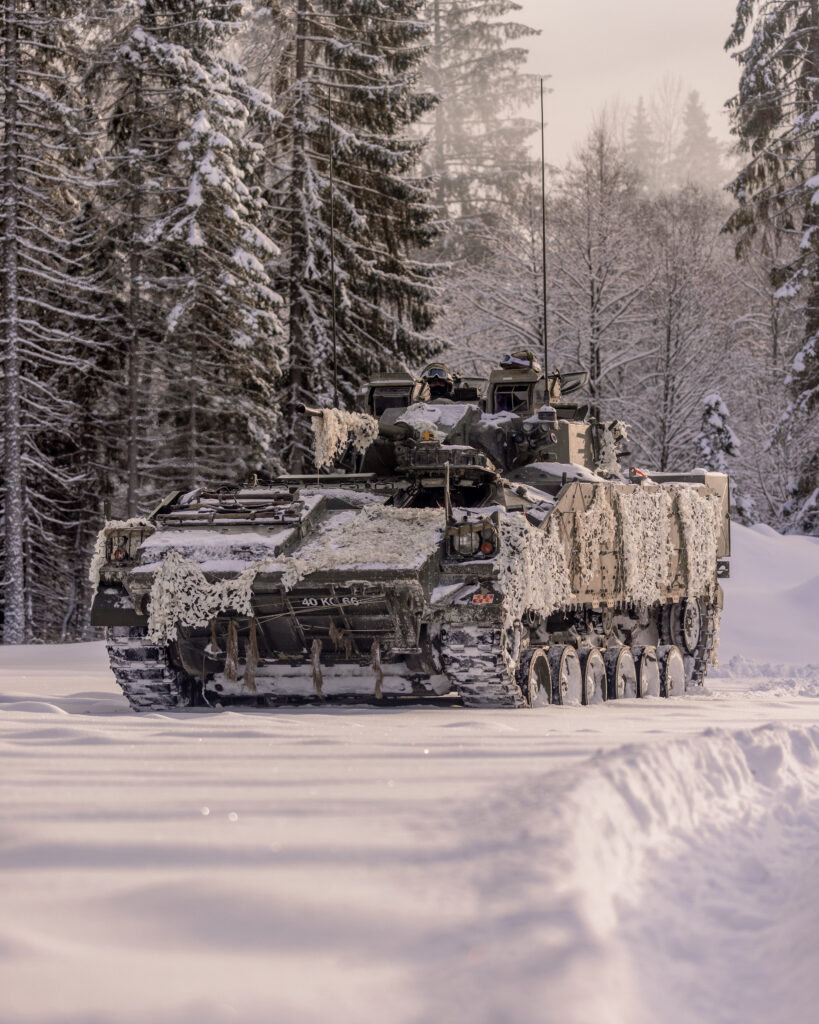
Credit: UK MoD/Cpl Eden
All these activities come under the auspices of Army Command, whose budget for the next decade was originally announced to be GBP 41.3 Bn in November 2021, following the unveiling of Future Soldier, with this figure repeated in the May 2022 Land Industrial Strategy, before being reduced down to GBP 40.6 Bn in the November 2022 Defence Equipment Plan (EP). According to the EP, the Mechanised Infantry Programme is intended to deliver a new ground manoeuvre capability based around the Boxer wheeled armoured vehicle, so that soldiers can deploy quickly and reliably over long operational distances, with minimal logistics and high tactical mobility. The vehicle will modernise the army and, specifically, the infantry, under the ‘Future Soldier’ concept, central to its new Brigade Combat Team structures transforming how it will operate in future.
The number of Boxer vehicles purchased was actually increased from its initial 523 order to 623 in April 2022, following priorities outlined in the MoD’s Integrated Review and further Boxer fleet enhancements, uplifts, and potential new variants are being considered to bolster greater coherence within the army’s new Armoured Brigade Combat Teams. Those additional 100 vehicles were announced by the British Army’s Deputy Chief of the General Staff, Lt Gen Sir Christopher Tickell KBE at WFEL in Stockport, where manufacture of the wheeled Boxer vehicles under the first contract was already underway. The contract extension included additional vehicles in the infantry carrier, command and control, and ambulances variants, for use by the new Brigade Combat Teams. WFEL also said at that time that the additional vehicles were to be manufactured in both the UK and Germany for delivery from 2024 onwards, whilst the original order for 523 Boxer vehicles are being delivered from this 2023, and expected to serve into at least the 2050s. Defence Procurement Minister, Jeremy Quin, said at the time that the order for the additional 100 units would “accelerate the delivery of the Boxer fleet”.
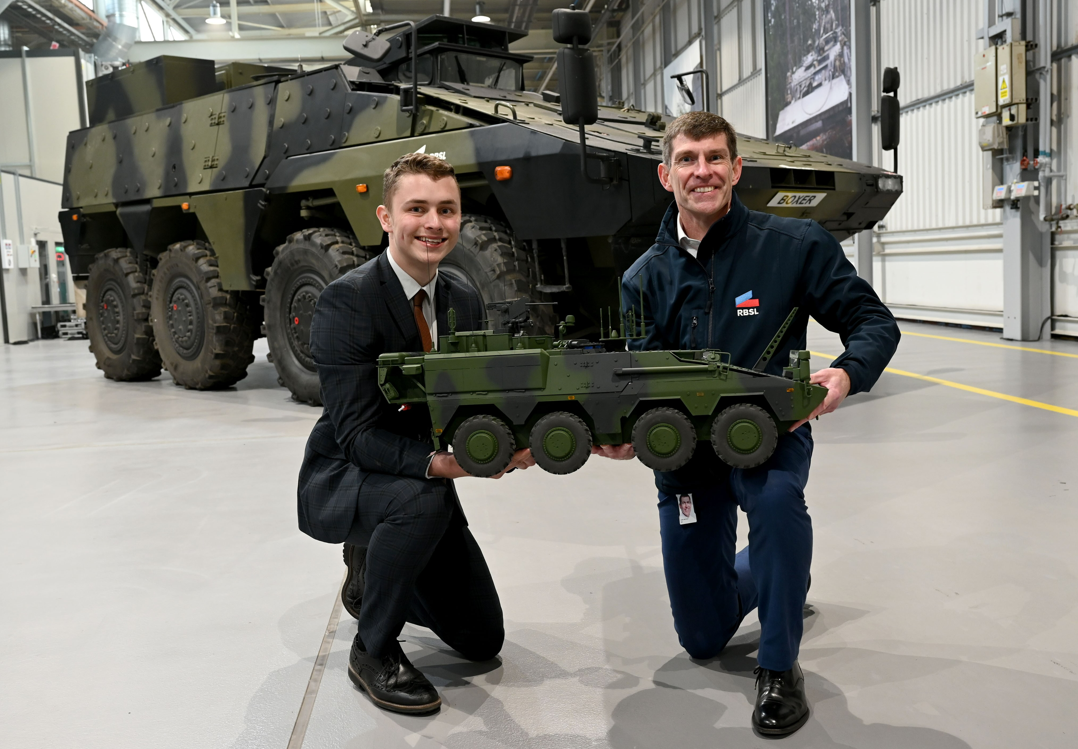
Credit: RBSL
Re-joining Boxer in 2018 has involved an extensive technology transfer programme from Germany for the UK participants and while the army emphasises that the programme is now being delivered at pace, the project has not been without its leave-and-re-join controversy. The UK’s early withdrawal from the original programme in 2003, only to re-enter in 2018, was the major faux pas. However, since the MoD’s 31 March 2018 announcement that it would re-join the programme, things now seem to be on track to deliver a platform that will meet infantry requirements. As to how things have progressed since, manufacturing at both RBSL and WFEL are now in full swing. For its part, RBSL announced key component manufacture of the Boxer had begun as of 27 March 2023, at its Telford facility, which had previously manufactured the UK’s Warrior fleet. With production sub-contracted equally between RBSL and WFEL both companies are undertaking fabrication of the armoured vehicle structures together with assembly, integration and test of the complete vehicles at their respective facilities. RBSL has invested GBP 40 M in its 29-acre site, so that it can deliver military vehicles and essential in-service support. The site includes system integration labs, which will support Boxer and other platforms, with updates and upgrades throughout respective lifespans. WFEL’s Boxer facilities were opened in May 2021 by UK Minister for Defence Procurement, Jeremy Quin.
In September 2022, the programme hit two operational milestones when the ability of a Boxer Mortar Mission Module to integrate and fire a mortar from the vehicle was demonstrated for the first time. The Mortar Weapon System (MWS), with its fully-automated aiming capability, was developed by Rheinmetall Norway and during the demonstration on Salisbury Plain training area in southern England, multiple 120 mm mortar rounds were fired. Additionally, smaller-calibre weapons in service with British infantry, such as the 81 mm mortars, can also be fired from the platform, depending on operational needs. Such versatility in firepower is critical to mission success for mechanised infantry. A semi-automatic mortar system can be fitted to accommodate different mortar calibres and designs, so the army can use current in-service mortar systems, or a different, future product. This MWS Boxer variant delivers automated gunlaying for mortar crews, and possesses a 270° rear firing arc, and a high rate of fire of 16-18 rds/min, with rapid shoot-and-scoot capabilities. The mortar platform can be operated by the four-person crew during day or night and in all weather conditions. It can fire high explosive (HE), smoke, or illumination rounds, and has relatively extensive storage space for ammunition. The MWS module can also be dismounted from the vehicle and operated as a stationary mortar emplacement, should the need arise.

Also demonstrated at that time on Salisbury Plain was the ‘Brimstone Overwatch on Boxer’, also referred to as ‘Boxer Overwatch’, a Brimstone missile-equipped variant of Boxer developed by RBSL in collaboration with MBDA. The companies developed the variant in response to British Army needs for a Mounted Close Combat Overwatch capability, part of its future anti-armour requirement known as Battle Group Organic Anti-Armour (BGOAA). Boxer Overwatch carries eight Brimstone 3B missiles with a ground-launch range of approximately 12 km, providing a fairly long-range anti-armour capability. The vehicle would be capable of delivering overwatch protection to friendly forces, or providing a screening effect to disrupt hostile forces. The vehicle’s salvo launch capability enables it to achieve co-ordinated effects on multiple targets during a single fire mission. The missiles are provided with a dual-mode seeker, providing them with an all-weather fire-and-forget capability. RBSL MD, Colin McClean, said that the MBDA collaboration on the overwatch variant demonstrated the MoD’s LIS accelerated procurement efforts to get new platforms and equipment done, dusted and delivered to front-line troops, fast.

In August 2022, RBSL and WFEL signed Rolls Royce Solutions UK to supply MTU 8V 199 TS21 engines for Boxer. With a power output of 600 kW, the engines allow for enhanced operational mobility and agility, and a higher electrical load. The Boxers for the British Army will be the first versions of the vehicle equipped with this engine variant, delivering 70 kW more power than the MTU engines in previous versions of Boxer.
Procurement Innovations and Experimentation Infantry
While Boxer may be one of the most high-profile ongoing procurement for British infantry, other innovations which will impact soldiers in the field, are in the procurement pipeline and being trialled.
In the UK MoD’s 2022-2032 Defence EP’s ‘Land Environment Tactical Communications and Information Systems’ category, for example, one of the projects mentioned is the Dismounted Situational Awareness (DSA) programme, which is currently under trial with infanteers of The Royal Yorkshire Regiment’s 2nd Battalion, which currently has the DSA with them under extended field trial conditions, with the MoD expected to make a procurement decision in the 2024-2029 timeframe.
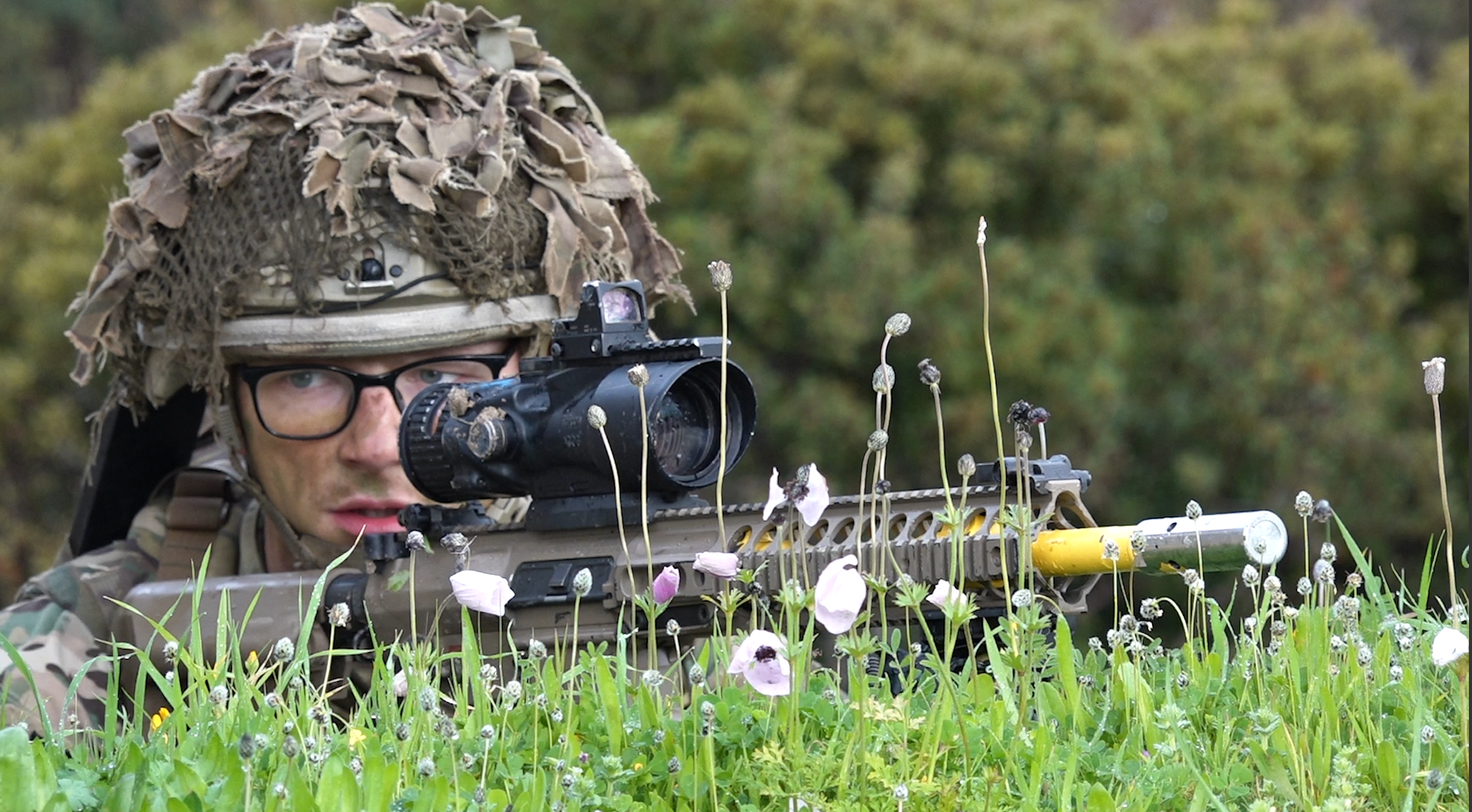
The Royal Yorkshire Regiment comprises 1 Yorks and 2 Yorks Battalions, both partnered by the 4th Battalion Army Reserve. Our focus here is on 2 Yorks, the British Army’s Experimentation Battalion, which is at the heart of developing, testing and challenging infantry warfighting concepts, capabilities and technologies prior to wider procurement and adoption. The battalion is expert in close combat and urban operations and conducts its trial and evaluation activities under the guidance of the UK’s Land Warfare Centre, Experimentation and Trials Group.
The battalion is currently in the final months of a 3-year programme experimenting with new kit that eventually may be destined for wider procurement across the British Army. “The regiment was selected by the army to carry out a programme over three years of experimentation that has tried to bring light forces forward in terms of innovation and lethality, through a series of new kit for soldiers to use, but for that new kit to be incorporated into new ways of conducting combat, from new structures, as well as new tactics that will advance the way the infantry will operate in the future,” said then CO of 2 Yorks, LtCol James Ashworth OBE (now Acting Colonel), at the time of a two-year deployment to Cyprus up until late 2022. He said his troops were literally the first to get their hands on some of the equipment and he emphasised that it was not simply the individual bits of new kit, but the ‘power’ of them operating together in combination that sees his men as architects of how the infantry, in general, will use such equipment in the future. Ashworth said that the regiment had been given a ‘real mix’ of kit including new communications and situational awareness devices, which allow the unit’s command and control to move at a much quicker pace, as well as robotic patrol vehicles, which lighten the load for soldiers and offer new operational approaches to sustainment and dispersal in a very different way. He said, from new flying systems, to new sights, to new weapons, the mix was a real combination to make infantry companies and battalions more lethal.
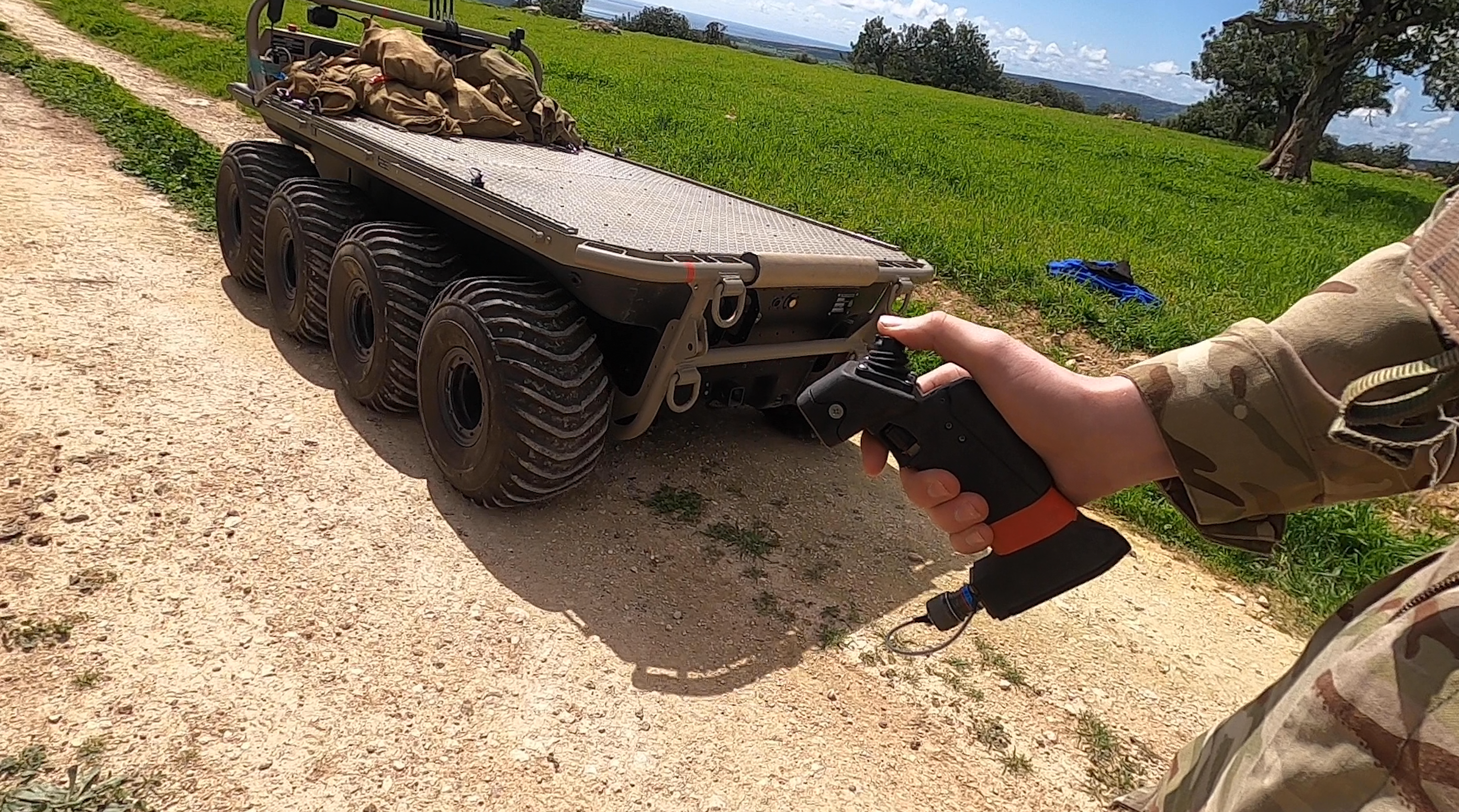
During the Light Force Battalion Concentration in Cyprus, some of the new equipment tested by 2 Yorks included the DSA device, an advanced communication system, the Assault Rifle In-Line Low Light Sight (ARILLS), a nano-unmanned aerial vehicle (nano-UAV), and two different Robotic Platoon Vehicles (RPVs), a form of Unmanned Ground Vehicle (UGV). Starting with the DSA, this provides personnel with better ground appreciation and a greater understanding of both friendly forces and enemy dispositions across the mission area. The new communications system enables each personal radio the ability to act as a rebroadcast station, vastly increasing the range of tactical communications on the battlefield. The ARILLS, which can be fitted onto the L85A3 rifle, allows soldiers to out-range the enemy and conduct more thorough reconnaissance and hit the target more often at night. The nano-UAVs enable friendly forces to observe the enemy for long periods without detection. As for the RPVs, these reduce the logistical burden on infantry units by enabling the rapid, unmanned ferrying of extra ammunition and essential equipment to the front line, as well as providing a mechanism for the evacuation of wounded to rear areas.

Exactly when all these devices and systems will enter wider use is unconfirmed, suffice it to say that they are firmly in line for wider procurement in due course. One 2 Yorks officer said of the 3-year programme and the kit being trialled that being able to outthink the enemy is absolutely critical and having state-of-the-art kit allows friendly forces to keep the enemy on the back foot and locate them more quickly than they can locate British forces. Having trialled sights that are able to outrange the enemy and UAV that can identify them and target them ahead of time, he said that training and tactics are also adapted to ensure best use is made of the new equipment in the procurement pipeline and to counter new and emerging threats.
With such efforts by troops in the field, let’s hope the procurement process doesn’t let the side down and moves faster than ever to deliver.
Tim Guest






